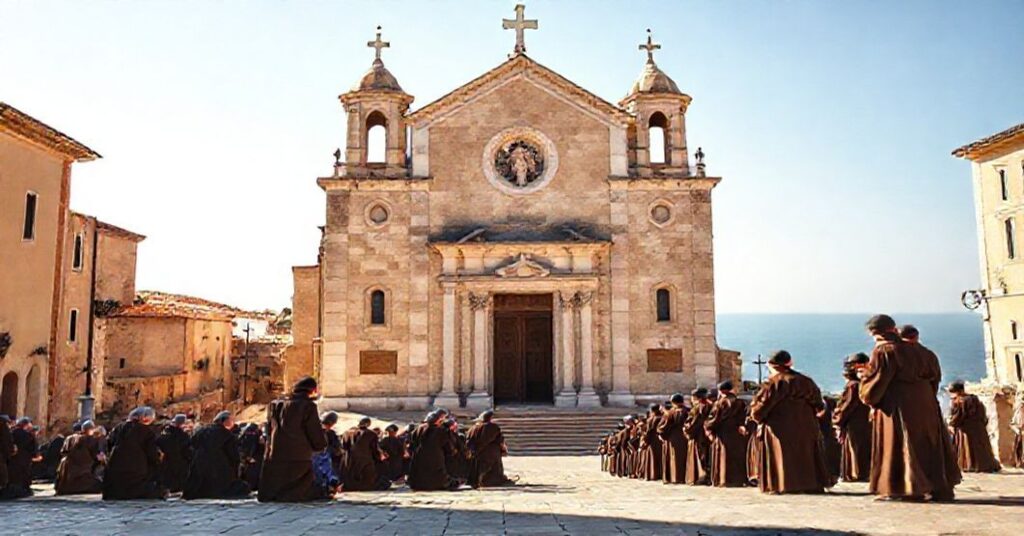Materna caritas (1959.04.12)
Materna caritas is an April 12, 1959 Latin decretal letter in which the usurper John XXIII narrates the life of Joaquina (Joachima) de Vedruna de Mas, praises her virtues as wife, mother, widow, and foundress of the Carmelites of Charity, rehearses the earlier stages of her cause, and solemnly promulgates her canonization together with Charles of Sezze as an act “ad honorem Sanctae et Individuae Trinitatis” and for the “augmentation” of the Church. The text presents the recognition of her sanctity and miracles as a definitive exercise of papal authority and an expression of the Church’s maternal charity.










